Artist based in Victoria, British Columbia, Canada
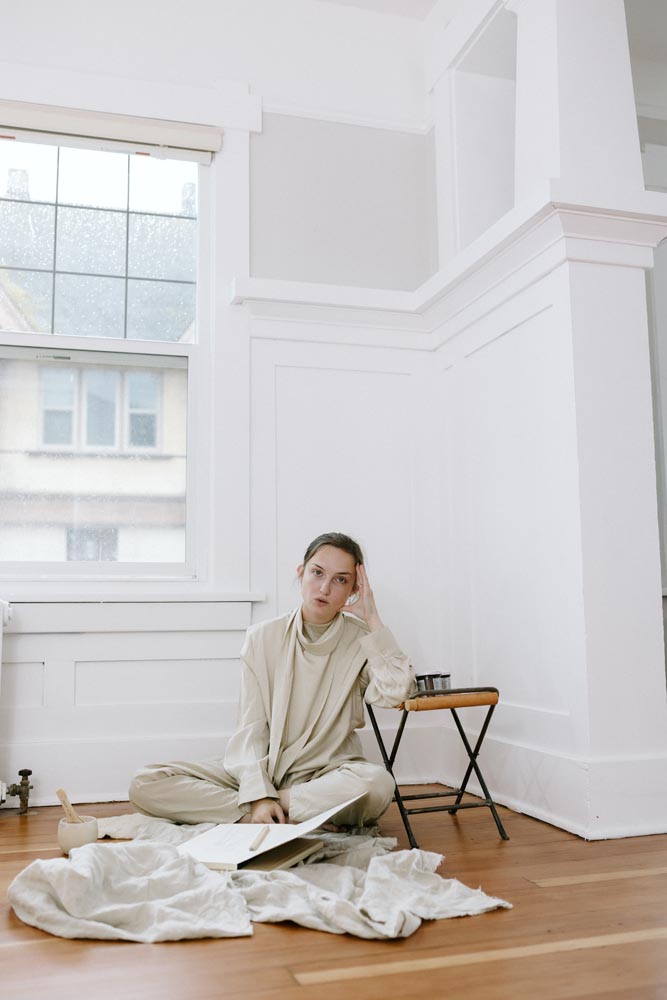
Jade Mikell, portrait of the artist (Photo: Rachael Alexandra)
Tell us about yourself, what's your background?
I’m from a wee Island on the West Coast of Canada, and grew up in a Anthroposophic community, a subsect of the religion Theosophy. From an early age I was identified as needing greater support, but we wouldn’t learn exactly why until I was nearly an adult. The Anthroposphic community was hesitant to support clinical diagnoses, and so I went without for most of my developmental years. Art filled in the blanks for me.
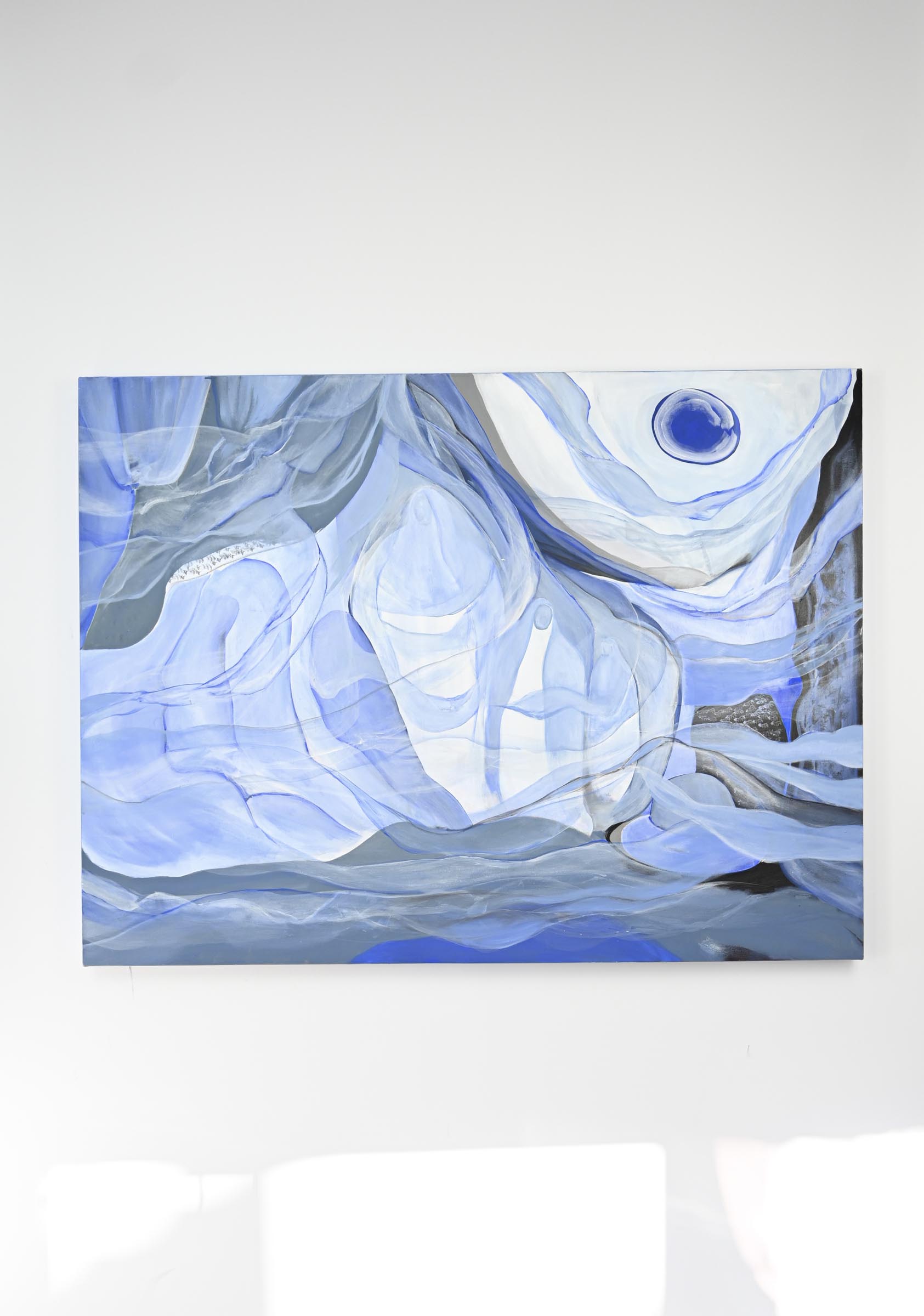
Holy, 2023. Rehydrated acrylic on upcycled canvas. 36" x 48." Photo by Spencer Brown.
From the age of two, before I could speak I drew religiously every day; ballpoint on paper, hours and hours. My upbringing was definitively artistic, not only in the teachings of Anthroposophy but at home, too. My Great-Grandfather was a career artist, and to be consistently reminded that this path was valid, as set out by his example—I cannot convey the importance of that enough.

Baptismal, 2019-2023, Reclaimed pine offcuts, upcycled window-blind shutter, 13' x 2.'
"The natural world, to me, offers the most clear examples of innovation that we have to reference, and so it is these intricate systems that I turn to in order to establish a greater understanding of everything else."
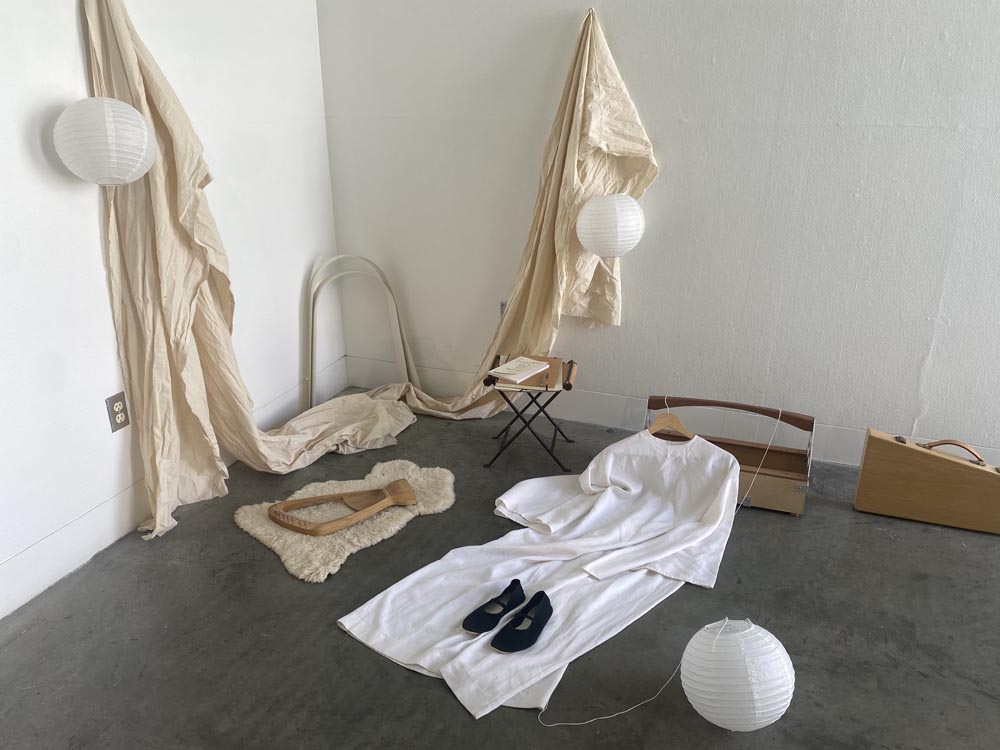
Untitled, 2023.
What are you currently working on and where did the inspiration for it come from?
I tend to move back and forth between projects over each day. I'm currently working on a series of blade-cut paper sculptures appropriating symbology from leading cure-based Autism organisations and from mathematics as an investigation of outdated applications of savant syndrome, rehabilitating a disposed-of chair, and painting a series of works exploring semiotics from my Anthroposophic upbringing, repurposing these in an effort to investigate the injurious impact of related esoteric conventions upon disabled people.
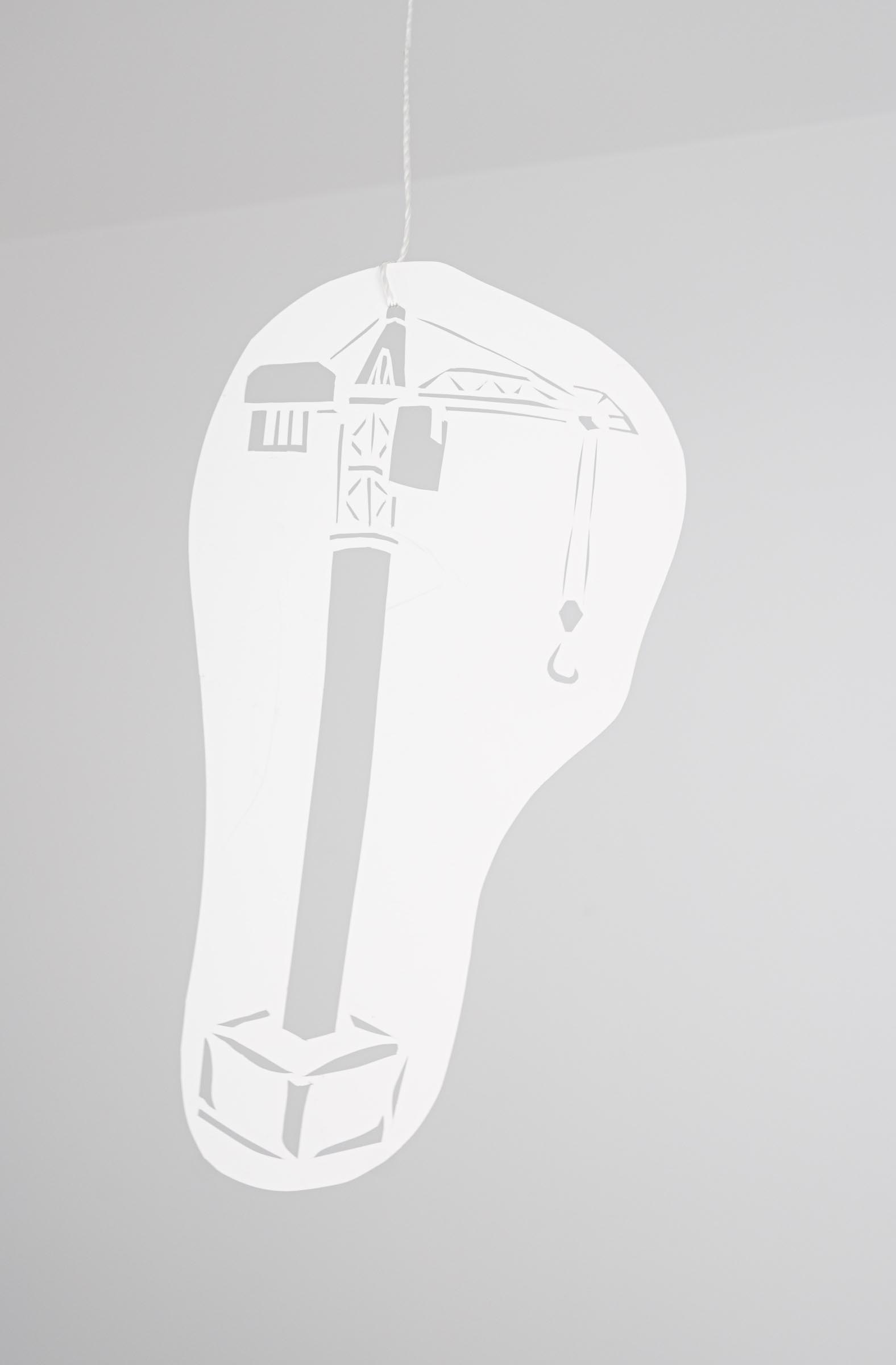
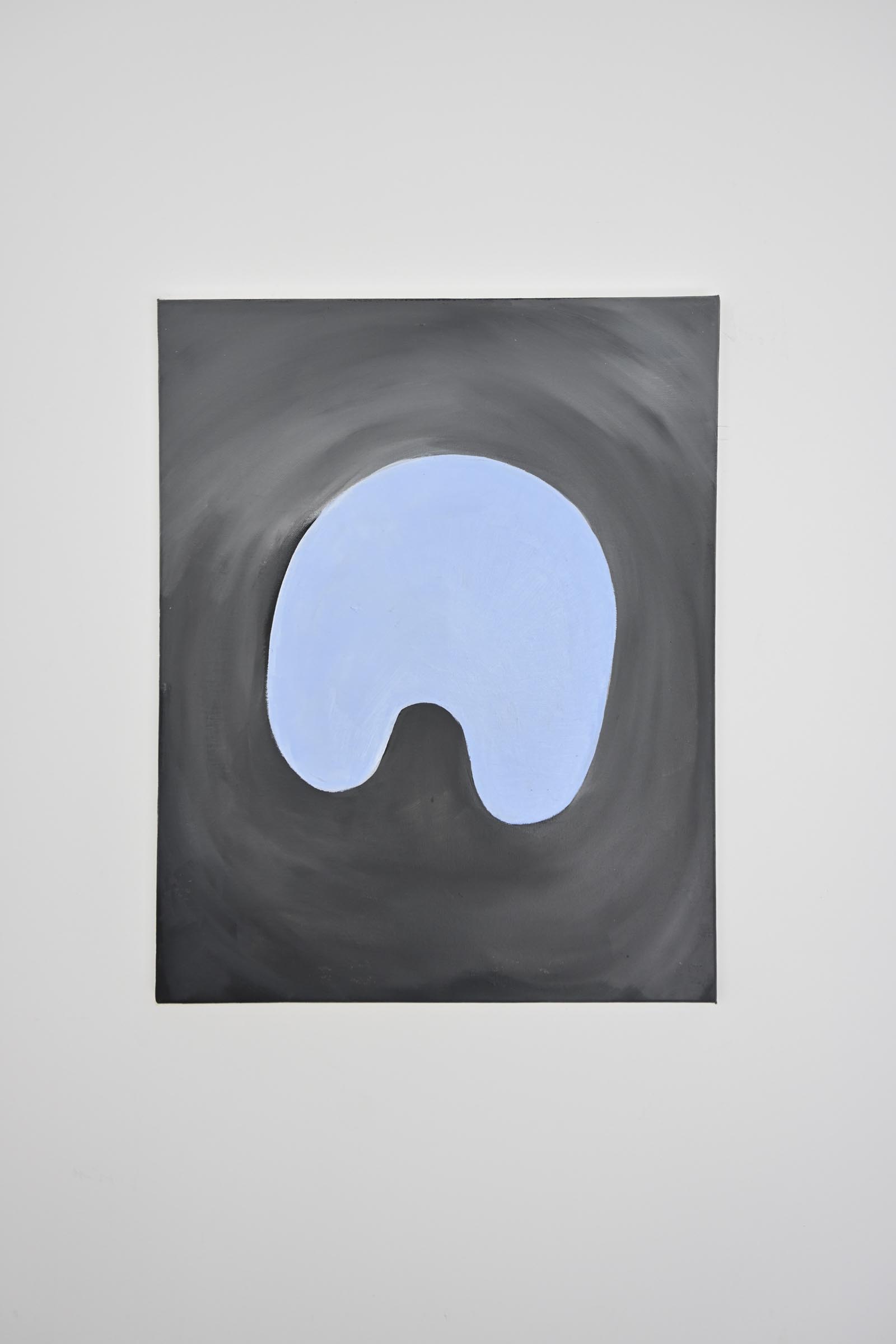
Left: Crane in Flight, 2023. Upcycled paper offcut, thread. 4" (widest point) x 8.3" (longest side). Photo by Jade Mikell.Right: Light me up Very Blue (if you must), 2023. Rehydrated acrylic on upcycled canvas, 16" x 20."
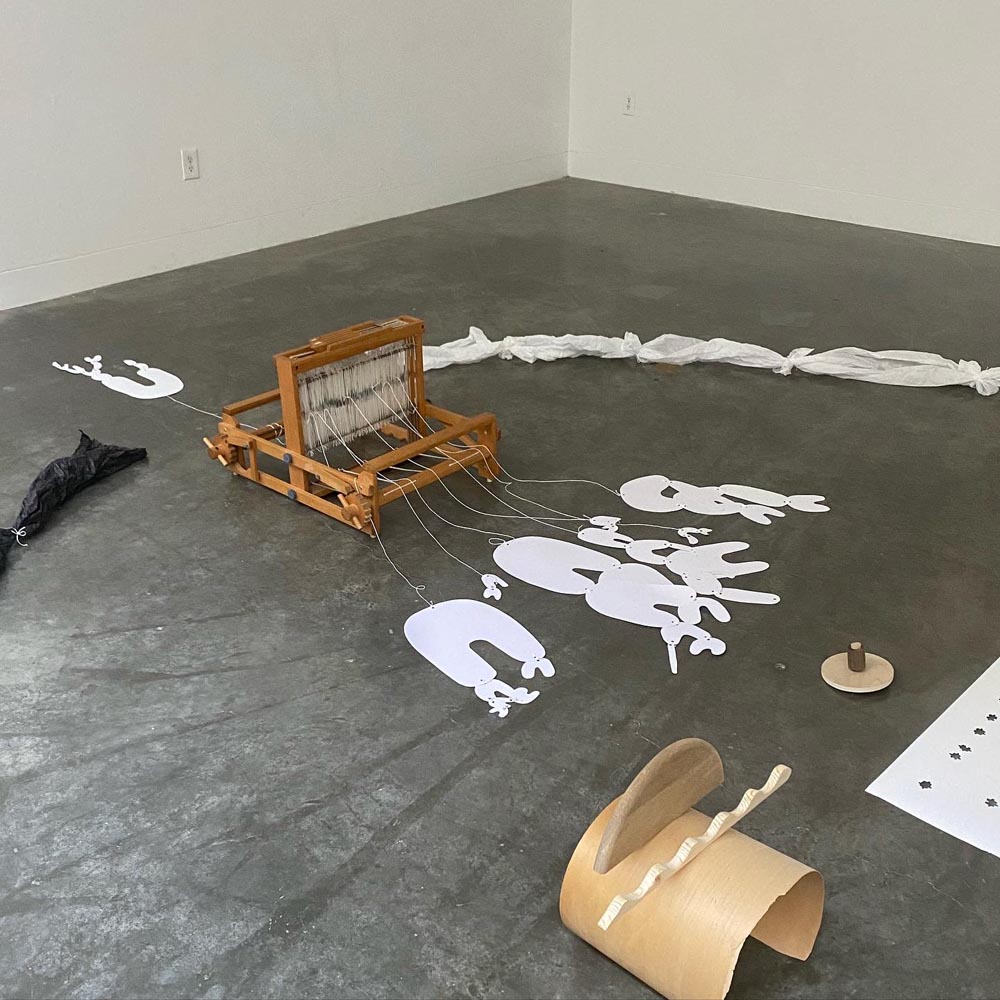
After Slumber, Before Take-Home EEG, 2023. Upcycled wood, thread, paper, leather, cloth, my Grand-Mère’s loom, time, space, etc. 18’ x 13.’
In addition to these projects, I’ve been invited to attend two residencies later this year, to investigate the impact of climate instability on disabled communities, the research of which I am now beginning to undertake. The resulting work will be featured in a group exhibition in México City in 2025.
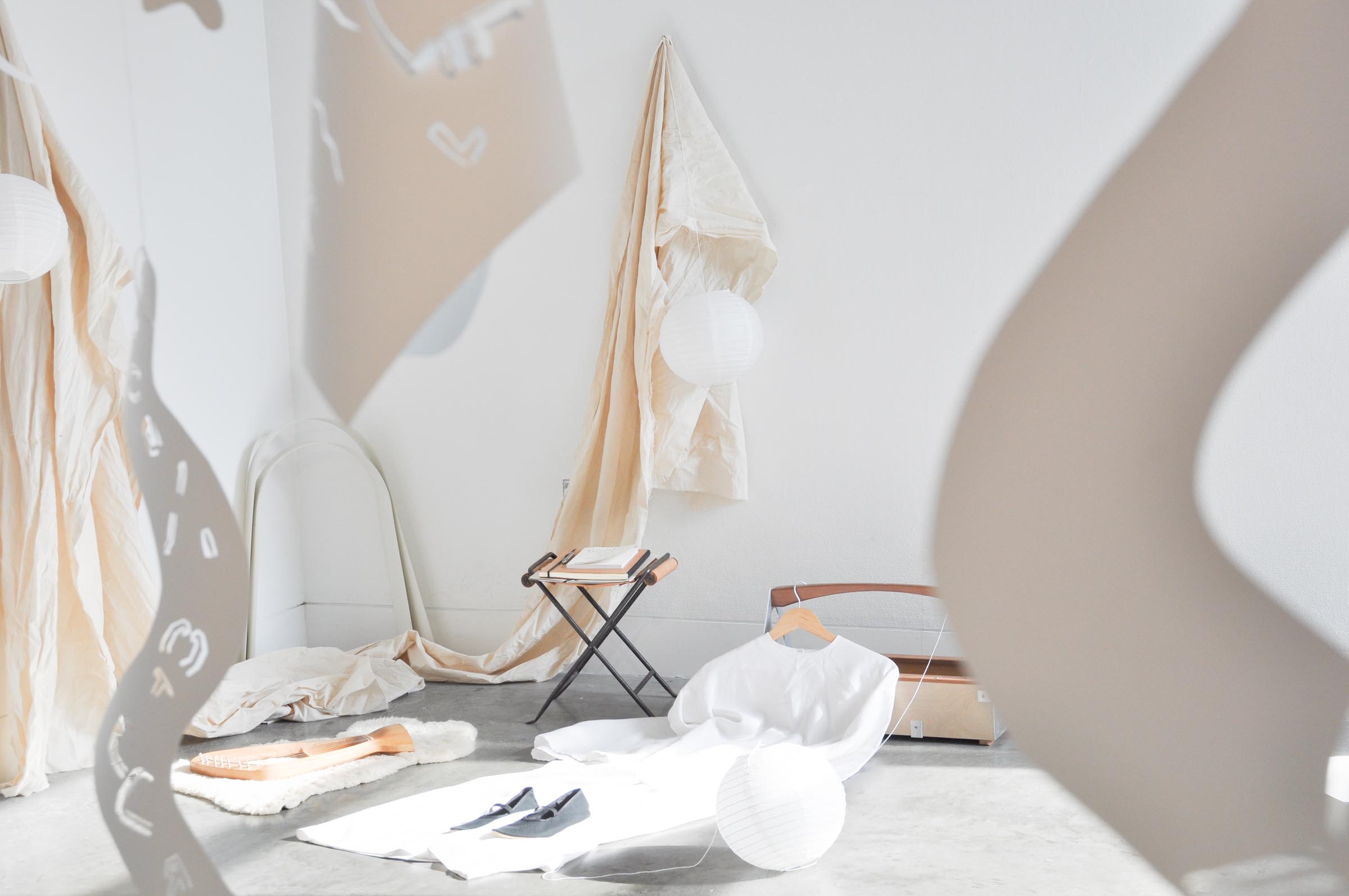
Untitled, 2023. Paper offcuts, upcycled thread, found material, personal items, dimensions variable.
Innovation does not only happen in the field of technology — it occurs everyday in a creative practice. What do you do for inspiration?
The natural world, to me, offers the most clear examples of innovation that we have to reference, and so it is these intricate systems that I turn to in order to establish a greater understanding of everything else. The symbiotic care existent in the ecosystems and microclimates on the Islands I call home are exhibits of overt innovation, from diatoms to migrations. I'm deeply passionate about addressing the discrepancy between disabled people and our disparate opportunities to develop relationships to the land. To be able to visit them without the prerequisites of pain and inaccessibility is very important to me.
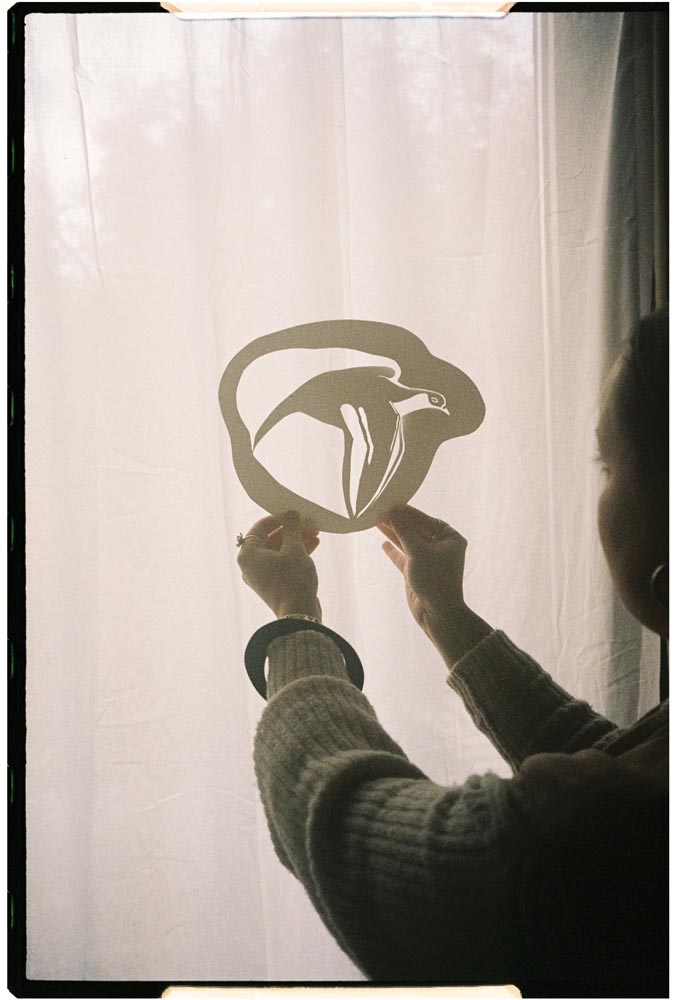
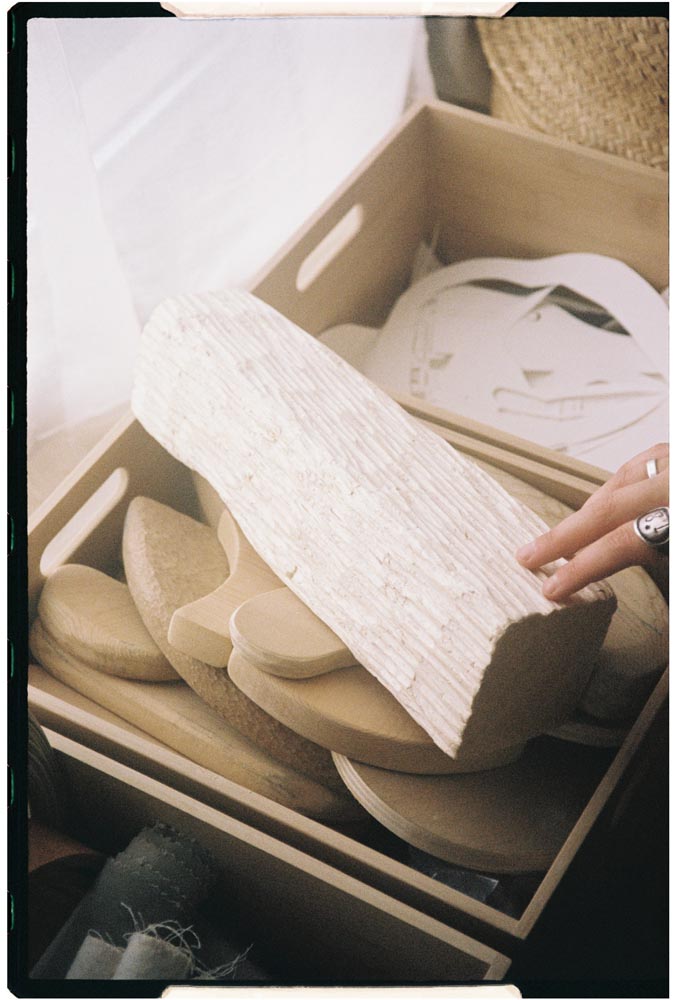
Left: Jade Mikell holds a bladecut sculpture up to the window in her studio. Photo by Hayley Nedland.
Right: Detail of the artist's studio. Photo by Hayley Nedland.
Describe your practice and process. Where do ideas start for you? In the studio or being in the world?
I’m a big researcher at heart. Most of my work develops from lived experience, and from there I delve into relevant research to fully concretise and qualify the idea. From there, once I’ve determined some sense of structure, my process itself is entirely intuitive, undulating. I reference that baseline of lived-experience and relevant research in order to freely engage.
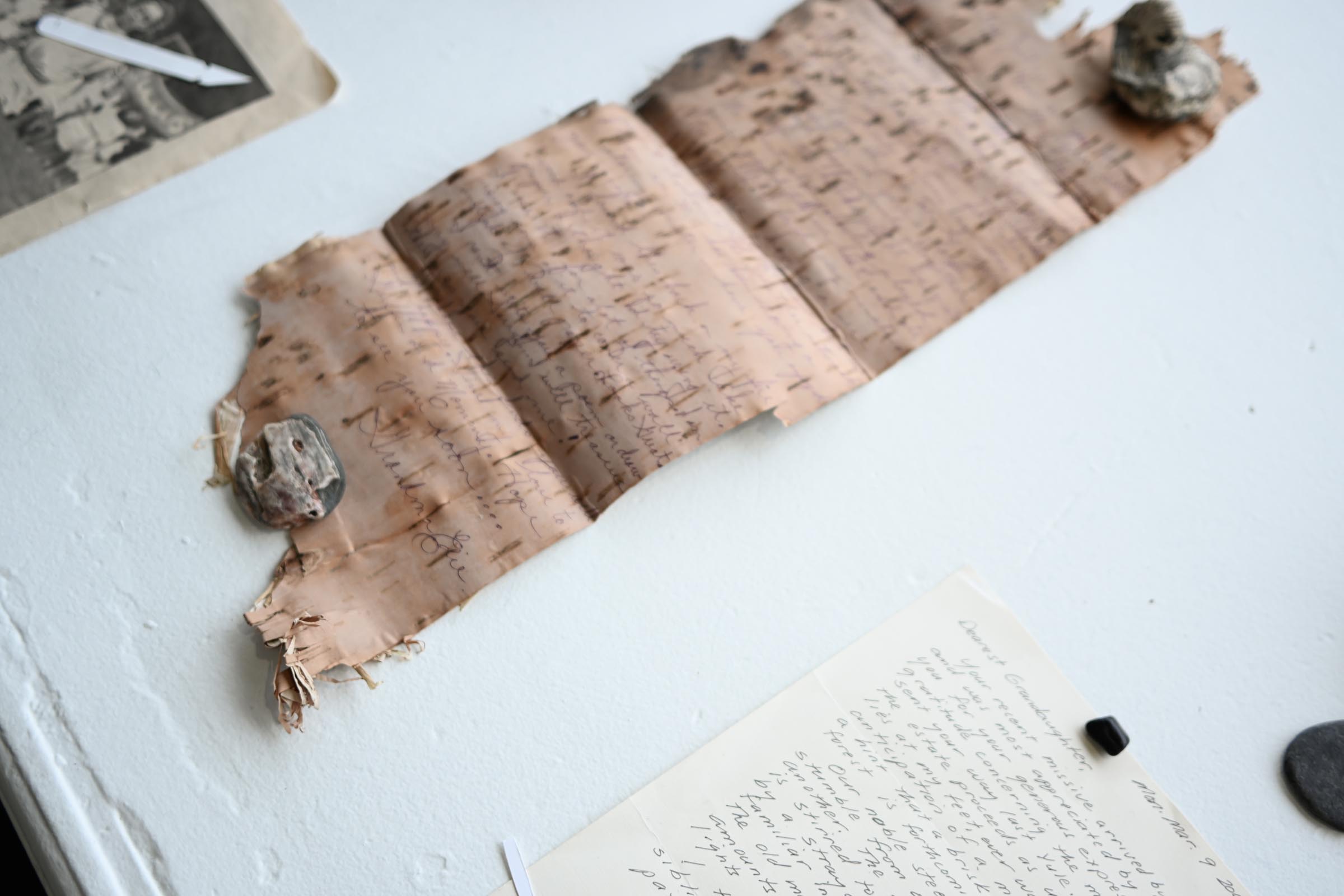
Untitled (inherited correspondance), 2024. Found objects, stone, letters to the artist wrote on birch bark and paper, newspaper clippings, upcycled paper offcuts. Dimensions variable.
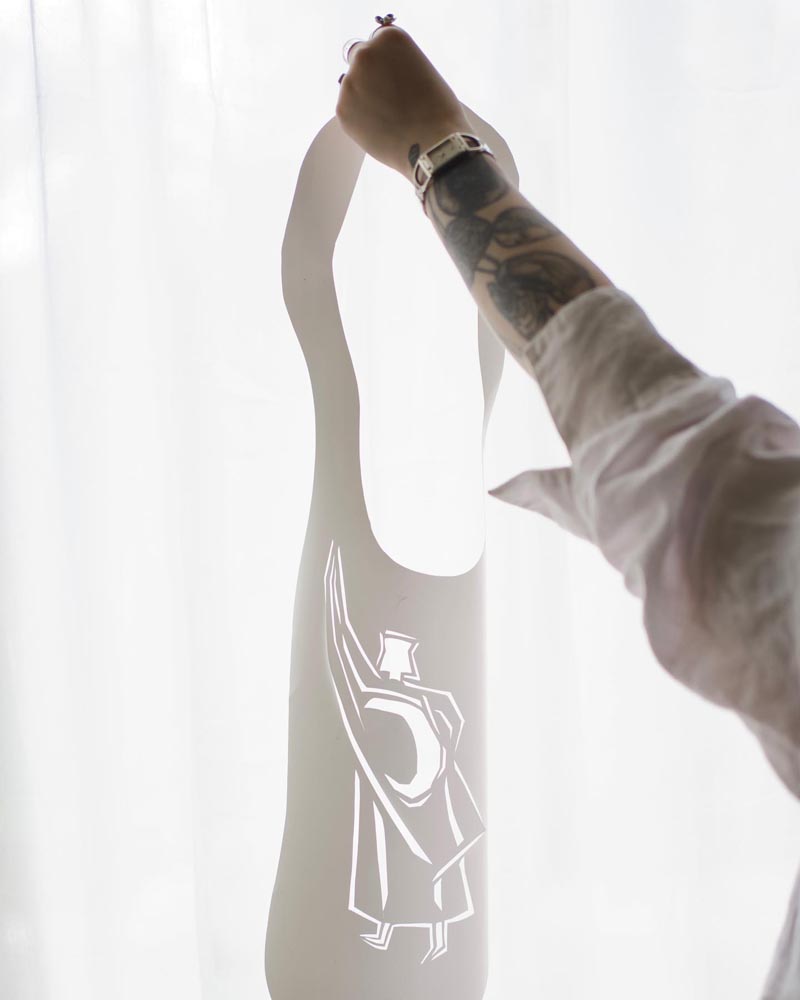

Left: Eurythms, 2024. Paper offcut, thread. Dimensions variable.
Right: The artist's toolbox and sketchbooks. Photo by Hayley Nedland.
How do you make your work, does it start with a sketch?
I tend to work intuitively. When I’m painting I do not think critically about my composition initially, but adjust as I move through the work. With sculptures I’m quite the opposite. I find working with a clear structure to be far better and allow me to become lost in the repetitive movements as dictated by the decided-upon design.

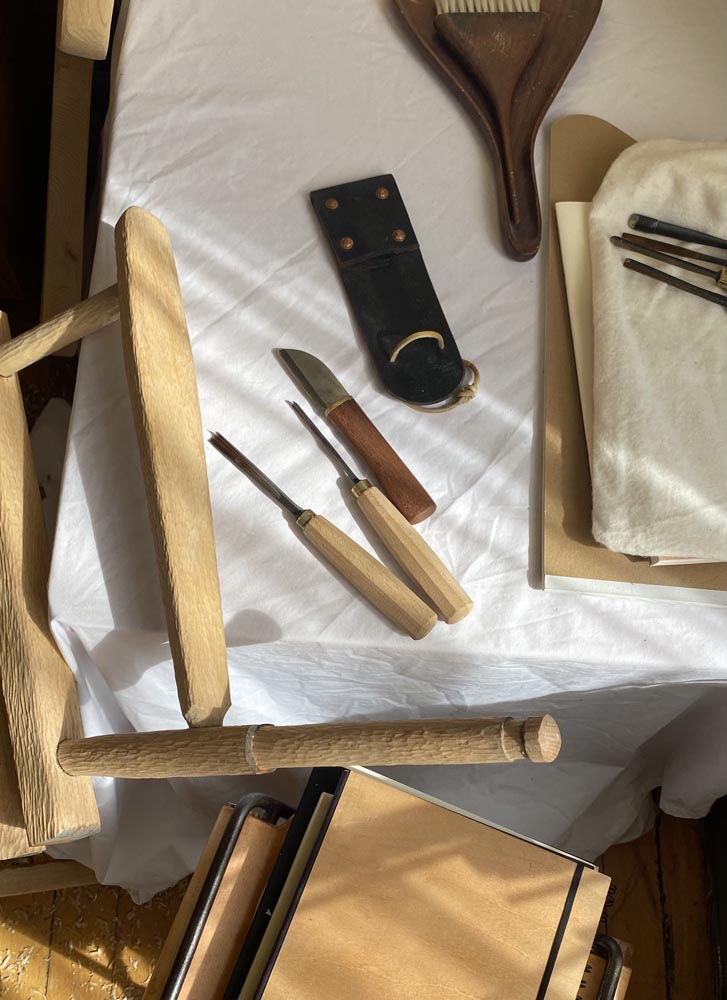
Left: Research Material: An example of the original Eurythmy figure sketches by Rudolf Steiner, founder of Anthroposophy. Source: www.rudolfsteinerweb.com.
Right: The artist's workspace, where she is currently working on a chair.
Many artists live by their routines, do you have your own rituals inside and outside of the studio? What does that look like for you?
Ritual is incredibly important for me. The nature of my disabilities are innately unpredictable, so I seek to make everything else about my routine uniform. When my mobility is better, I’ll walk from home to my studio (when my mobility is less I rely on public transit exclusively, as I am unable to drive). I’ll order a blended coffee on the way, select a podcast or music (usually eighties, up-tempo) and begin with some repetitive, tactile work (currently, that’s woodworking or blade-cutting paper sculptures). I’ll break for lunch, move to painting, then ideally end with visiting a nearby natural space to sketch. On days where my mobility is most depleted, I focus on bookkeeping work from home.
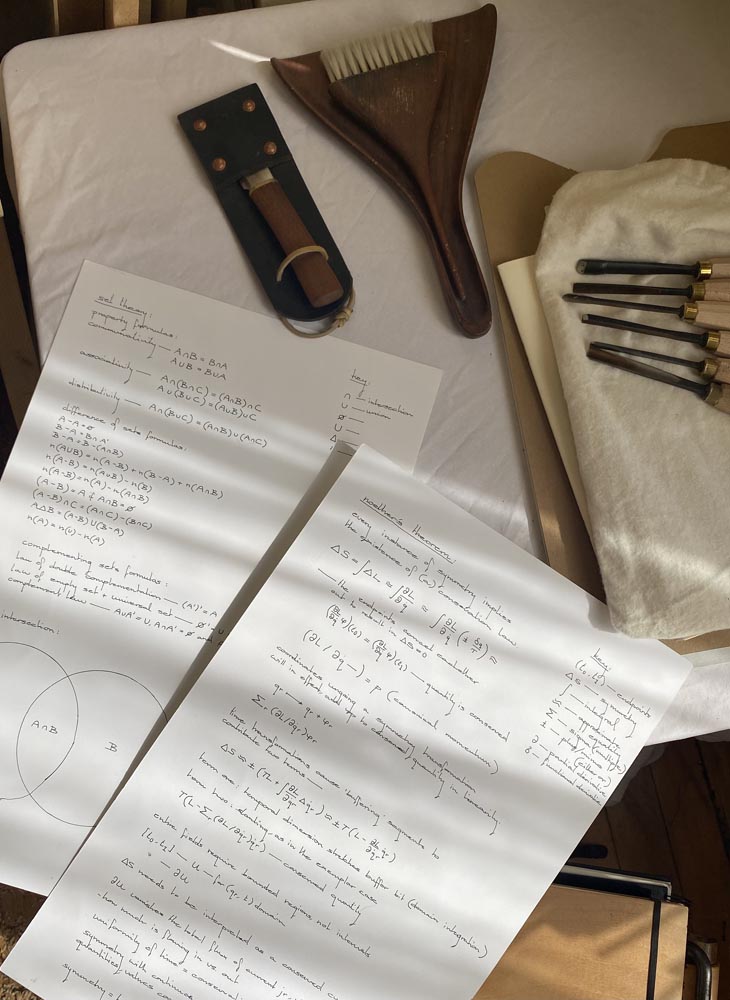
Research notes: theorems Mikell has transcribed, seen in her studio.
Who are your biggest influences?
My family, birds and eggs.
Are there books or films that are an important source of inspiration?
Books enjoy a tremendous impact upon my life, both personal and professional. I'm most inspired by anyone speaking of liberation; disability liberation is inextricable from other forms of liberation. Liberatory texts by bell hooks, Audre Lorde, Toni Morrison, Frantz Fanon and James Baldwin are all significant text-based sources of inspiration for me. I also turn consistently to the work of Susan Sontag: Illness as Metaphor and Regarding the Pain of Others especially. Other notable works include Care Work: Dreaming Disability Justice by Leah Lakshmi Piepzna-Samarasinha and the work of Alice Wong. Films that have left a lasting impact on my work tend to do so in regard to their visual language, and include works by Agnes Varda, Alfonso Cuarón, Hayao Miyazaki and Ousmane Sembène.
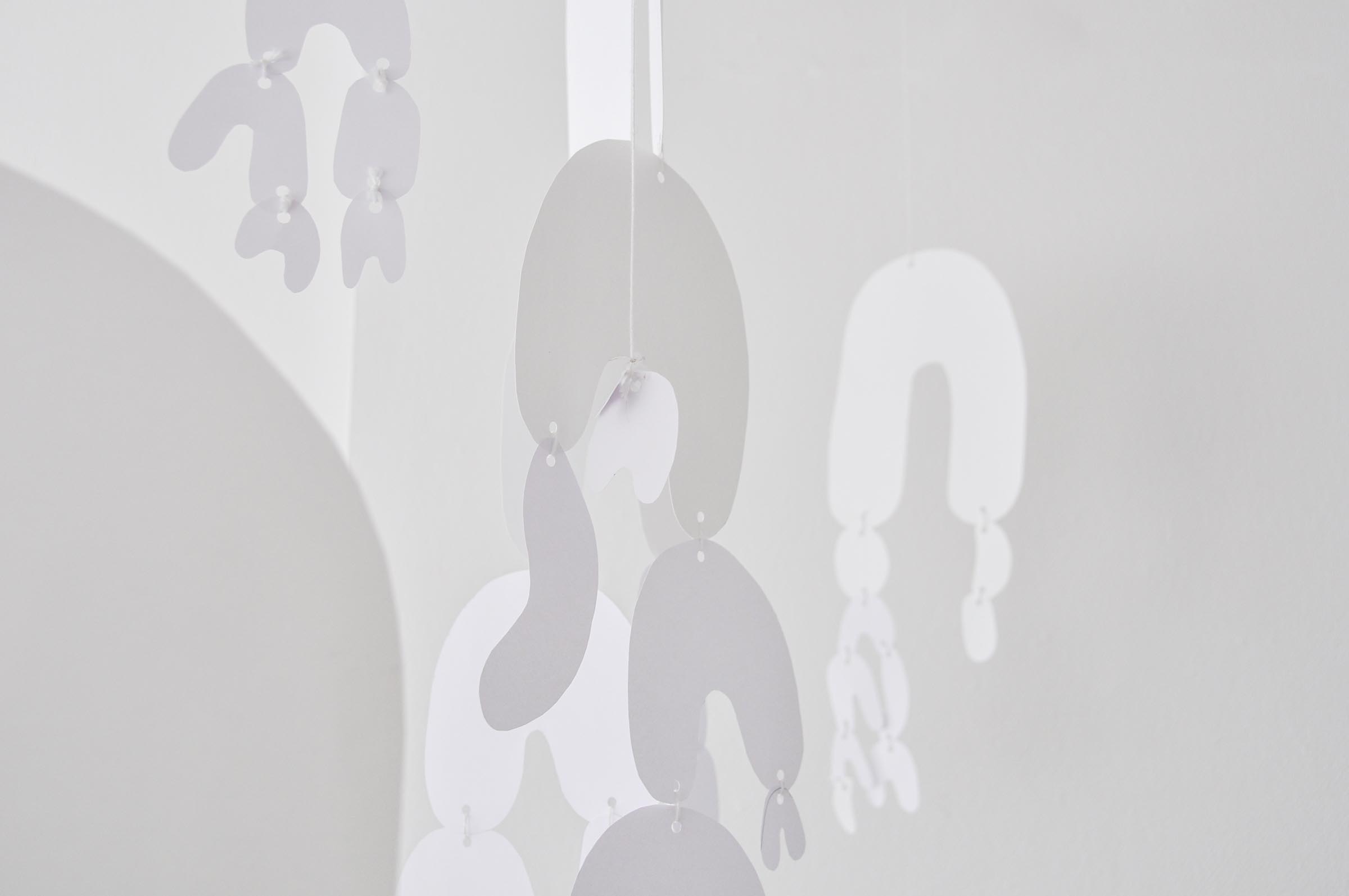
111 U-Shapes and U-Shape shadows (me when I stim), 2019-2023. Paper and upcycled thread mobiles, dimensions variable.
What’s the best piece of advice you’ve been given?
You are not a burden.
What is the best advice you would give to other artists?
You are not a burden.
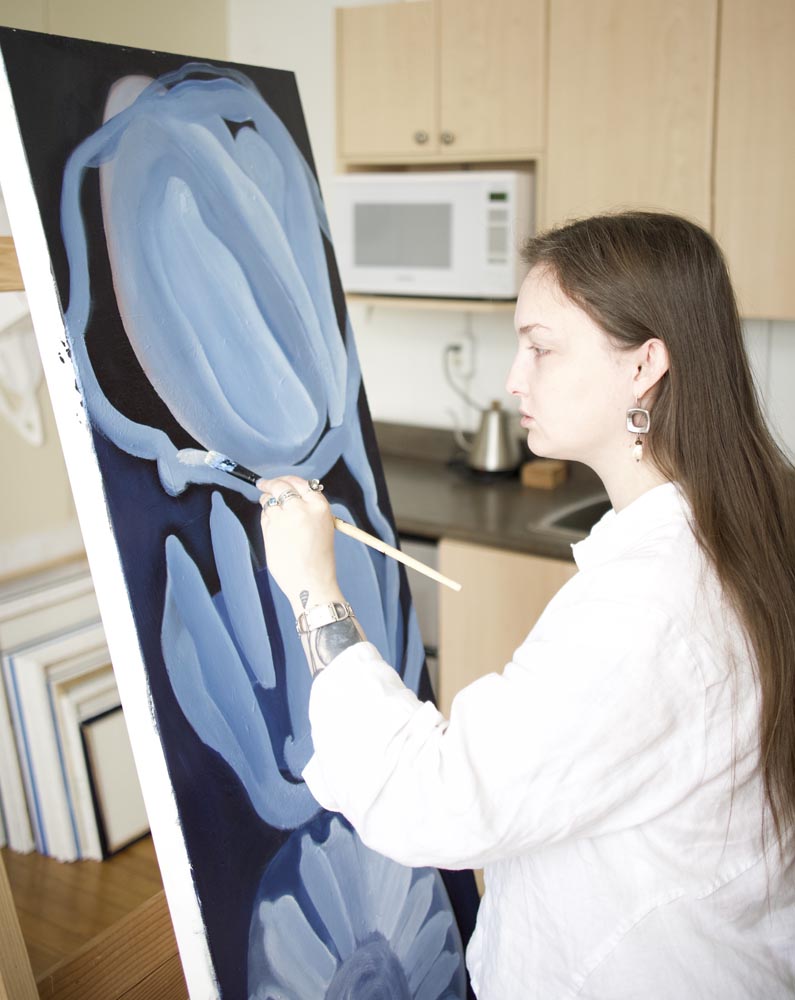
Portrait of Innovate Grant Honorable Mention Jade Mikell
Stay up to date with Jade Mikell
Website jademikell.com
Instagram @jademikellcreates